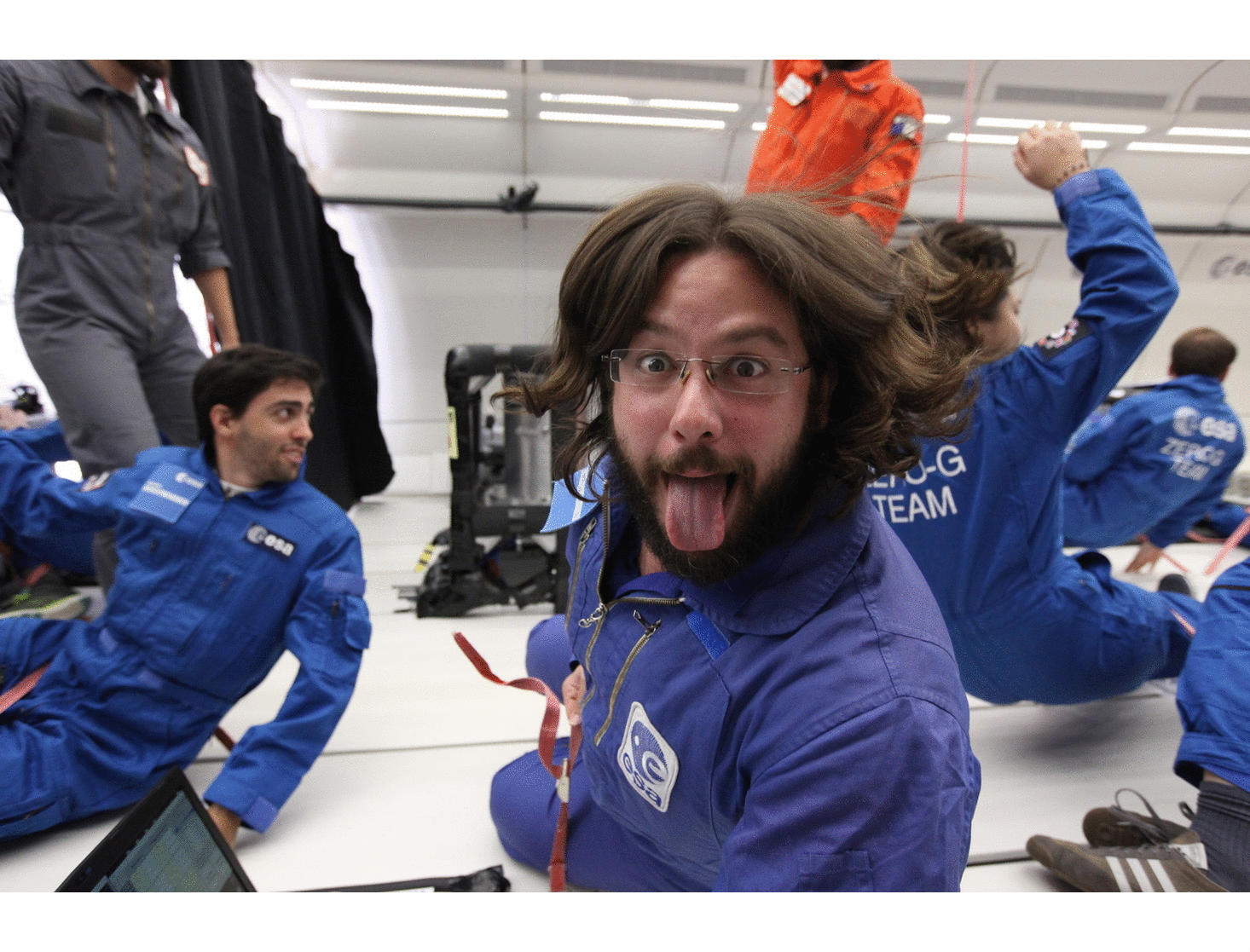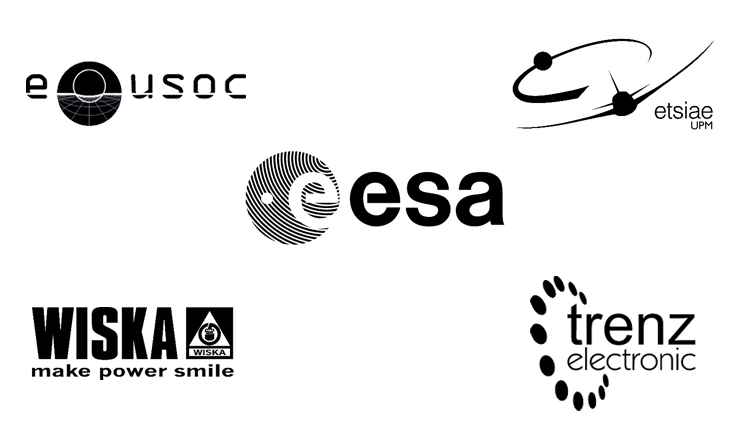After a year of intense work, both teams from E-USOC have come back with a big amount of promising results and a magnificent experience. “We are really satisfied with the work done and, despite of last minute problems and some unexpected surprises, we are pleased with the outcomes”, both teams asseverate.


Images from the parabolic flights. Source: NoveSpace
Convection, a well-known phenomenon on Earth and used in several applications, disappears in weightless environments. In this sense, the solid-liquid interface of a system evolves in a larger timescale and thus, it complicates heat evacuation. In the presence of a free surface, however, a surface tension gradient exists due to the thermal difference and helps heat transfer in this region. Understand and exploit this effect, known as Marangoni effect, is crucial in some particular cases. TePim team pretends to analyze its potential application for phase change materials (PCM) which are widely used in space thermal control systems.
The absence of the large scale force of gravity permits the existence of new fluid configurations, like bubbles or drops, and complicates their management, which is a crucial tasks in life support systems or fuel tanks, among others. Some high consumption power systems have already been used to handle this problem with obvious disadvantages. In the last few decades, however, vibrations have been shown to be an alternative as a source of artificial gravity. CFVib team aims to understand the complex behavior of fluids in microgravity and the potential use of such vibrations to control fluids deliberately in different containers by means of a piezoelectric-based forcing mechanism.
“Microgravity and having our experiment in ZERO g were two of the most wonderful experiences of our life. We are looking forward to see the science results”, said Jose Javier Fernandez, team leader of CFVib. Despite further develop is needed, some intriguing results have been obtained from the 65th ESA Parabolic Flight campaign where the first CFVib and TePim experiment set-ups have flown.
We want to thank ESA, the ESA Education Office and ELGRA for the opportunity to participate in this amazing experience and their valuable scientific support. Thanks also to Novespace for their technical advice and contribution during all the project, and Trenz Electronic, their Analog Discovery device has been crucial in the success of the experiment. Thanks to Krytox™ Performance Lubricants, a business of The Chemours Company for supply of PFPE test fluid. Finally, all our thanks to the E-USOC, ETSIAE and UPM that have been supporting from the beginning.


